How to Choose the Best Eco Friendly Food Packaging for Your Business
As sustainability becomes an integral part of the global food industry, the demand for Eco Friendly Food Packaging is witnessing unprecedented growth. According to a report by Research and Markets, the global sustainable packaging market is expected to reach $500 billion by 2028, with a significant portion driven by the food sector. This surge is largely due to increasing consumer awareness about environmental issues and the need for businesses to reduce their carbon footprint. Additionally, a survey by Nielsen revealed that 73% of millennials are willing to pay more for sustainable brands, highlighting the market potential for businesses that adopt eco-friendly practices. As you navigate the myriad options available, understanding how to choose the right Eco Friendly Food Packaging can establish a competitive edge while contributing positively to the planet.

The Importance of Sustainable Food Packaging in the Current Market
Sustainable food packaging has emerged as a critical consideration for businesses aiming to meet the demands of environmentally conscious consumers. As concerns about climate change and plastic waste continue to grow, companies are increasingly recognizing that their packaging choices can significantly impact their brand image and customer loyalty. By opting for eco-friendly materials, businesses not only contribute to environmental preservation but also align themselves with a market trend that prioritizes sustainability.
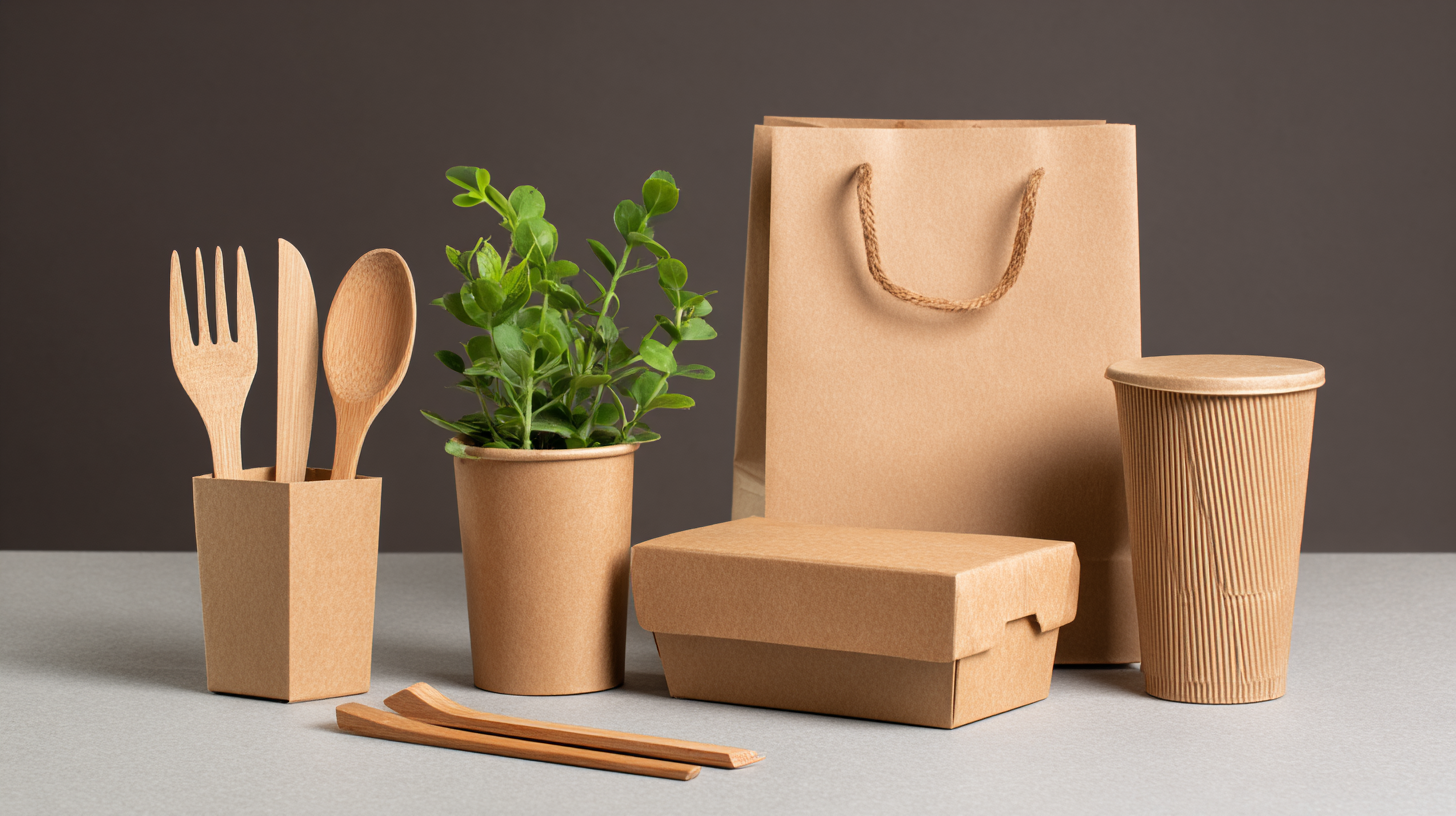
In today's competitive landscape, sustainable packaging serves as more than just a marketing tool; it is a reflection of a business's values and commitment to ethical practices. With consumers actively seeking products that minimize environmental impact, embracing eco-friendly packaging can be a decisive factor in purchasing decisions. From biodegradable materials to recyclable designs, businesses can showcase their dedication to sustainability while enhancing product appeal.
Thus, investing in sustainable food packaging is not only beneficial for the planet but also a strategic move that can enhance a company's reputation and drive customer engagement.
Key Materials for Eco-Friendly Food Packaging: A Comparative Analysis
When it comes to selecting eco-friendly food packaging, understanding the key materials available on the market is crucial for making informed decisions. Recent industry reports indicate that global demand for sustainable packaging is projected to reach $ packaging. Common materials in eco-friendly packaging include paper, glass, and bioplastics, each offering unique benefits and challenges. According to a report by Smithers, the global sustainable packaging market is expected to grow by 7.1% annually, highlighting an increasing consumer preference for environmentally responsible options.
Paper packaging stands out as one of the most popular choices due to its recyclability and biodegradability. The Paper and Bioprocessing Institute notes that recycling a ton of paper can save over 17 trees, making it an eco-conscious option for businesses. Meanwhile, glass, despite being heavier and more costly, provides an excellent barrier to contaminants, preserving product freshness and flavor. A study from the Glass Packaging Institute reveals that glass containers can be recycled indefinitely without losing quality, further enhancing their environmental benefits.
Bioplastics, made from renewable resources such as corn starch or sugarcane, are gaining traction as well. According to a survey by the Biodegradable Products Institute, about 70% of consumers are more likely to purchase products packaged in biodegradable materials. However, the production of bioplastics still poses environmental challenges, including land use for crops, which is a critical consideration. By carefully assessing these materials and their sustainable credentials, businesses can align their packaging choices with their environmental values and appeal to eco-conscious consumers.
Understanding Consumer Preferences: The Rise of Eco-Conscious Choices
As consumers become increasingly aware of environmental issues, their preferences are shifting towards eco-friendly food packaging. This trend isn’t just a fleeting fad; it’s a response to a growing demand for sustainability in the food industry. Businesses that recognize this change can tap into a market that values eco-conscious choices, ranging from biodegradable materials to innovative reusable containers. Understanding these preferences allows brands to align their packaging strategies with consumer values, thus strengthening their market position.
The rise of eco-conscious choices signifies a broader cultural shift where individuals prioritize sustainability in their purchasing decisions. Research shows that consumers are willing to pay a premium for products packaged in environmentally friendly materials. Factors such as brand transparency regarding sourcing and production practices also play a critical role in influencing consumer trust and loyalty. For businesses, this means that adopting eco-friendly packaging is not just an ethical responsibility but also a savvy marketing strategy that resonates with an audience eager for responsible consumption options.
Consumer Preferences for Eco-Friendly Food Packaging
Regulatory Standards and Certifications for Sustainable Food Packaging
When selecting eco-friendly food packaging for your business, understanding the relevant regulatory standards and certifications is crucial. Various organizations provide guidelines to ensure that packaging materials are safe for consumers and the environment. For example, the FDA regulates food contact substances in the United States, establishing criteria for safety and efficacy, while the EU has stringent regulations under the European Food Safety Authority. Familiarity with these standards not only aids in compliance but also helps build trust with your customers.
Moreover, certifications such as FSC (Forest Stewardship Council) and compostability certifications from organizations like BPI (Biodegradable Products Institute) can enhance your brand's sustainability profile. These certifications confirm that your packaging materials are sourced responsibly and can break down effectively in the environment. Incorporating certified packaging options not only meets regulatory expectations but also appeals to eco-conscious consumers, positioning your business as a leader in sustainable practices.
Cost-Benefit Analysis: Investing in Eco-Friendly Packaging for Long-Term Success
Investing in eco-friendly food packaging is not just a trend; it's a strategic decision that can yield substantial long-term benefits for your business. A cost-benefit analysis reveals that while the initial expenses may be higher compared to conventional packaging, the long-term savings and enhanced brand reputation are significant. Eco-friendly materials often lead to cost reductions in waste management, as they typically require less energy during production and are more easily recyclable or compostable. This translates to lower disposal costs and less environmental impact, allowing businesses to save money and resources over time.
Moreover, consumer demand for sustainable products continues to rise, meaning that adopting eco-friendly packaging can enhance customer loyalty and attract new clientele. Brands that prioritize sustainability are often viewed as more responsible and trustworthy, giving them a competitive edge in the marketplace. By aligning your packaging choices with consumer values, you not only contribute to a healthier planet but also position your business for growth. The investment in eco-friendly packaging is not just an expense; it’s a proactive step towards long-term success that resonates with today's conscientious consumers.
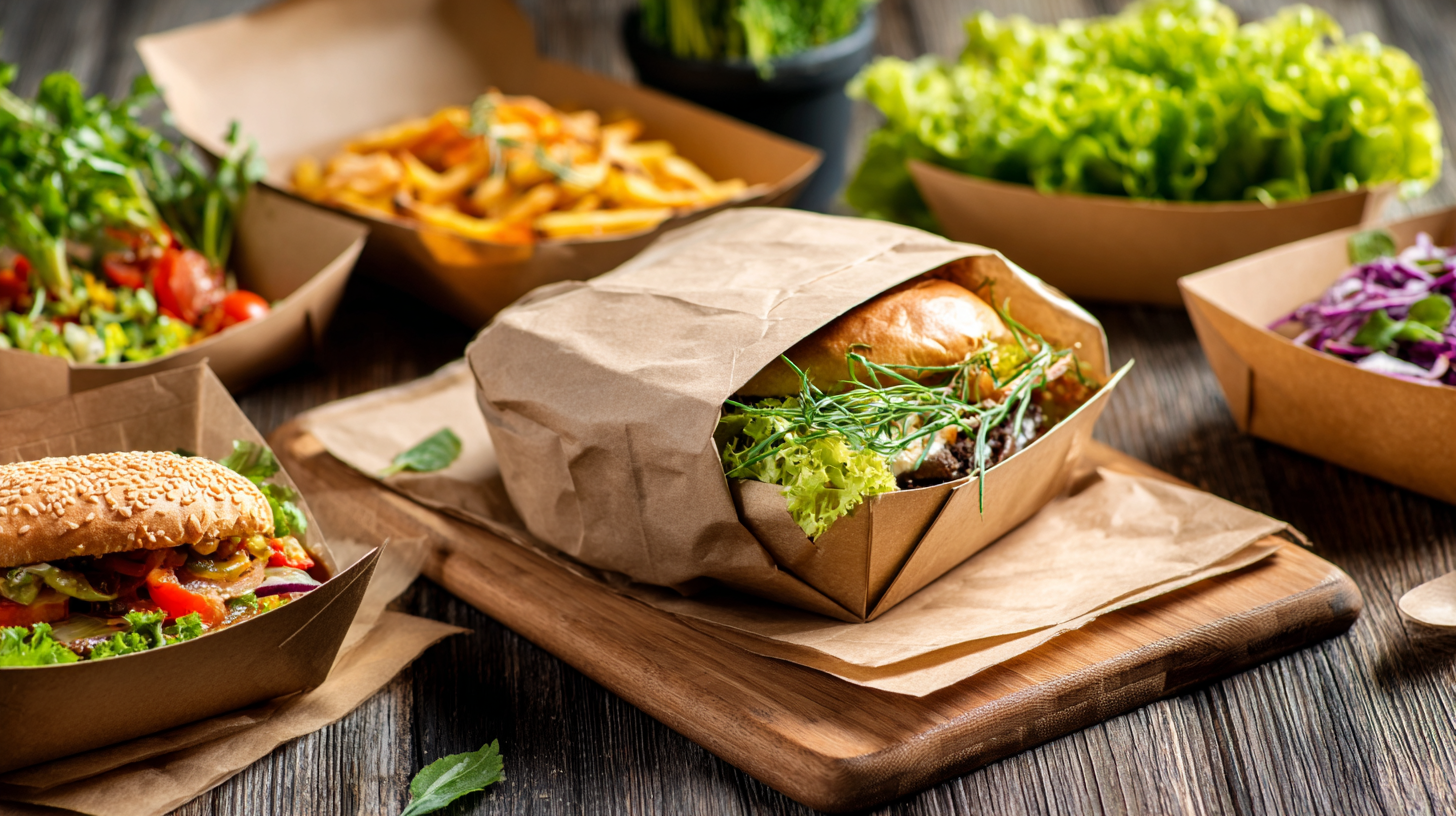
Related Posts
-
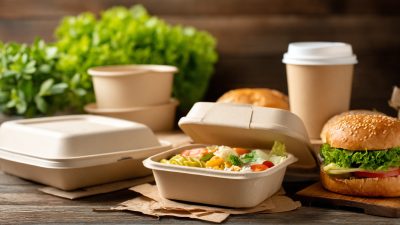
Eco-Friendly Food Packaging: A Comparative Analysis of Biodegradable vs. Traditional Options
-
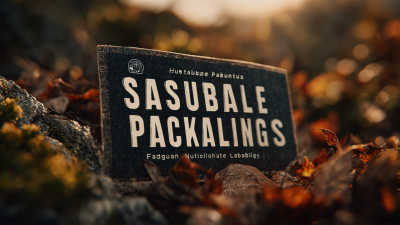
The Future of Eco-Friendly Packaging Labels Revolutionizing Sustainability in the Industry
-
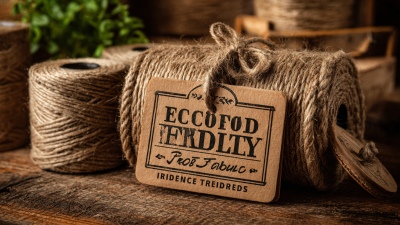
5 Tips for Choosing the Best Eco Friendly Product Labels based on 2023 Industry Trends
-
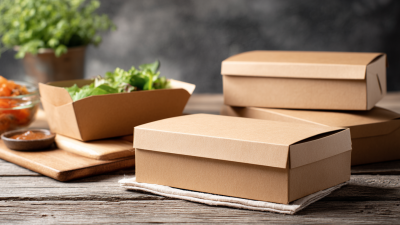
Global Reach of Best Food Packaging Solutions Elevating Quality Standards in International Markets
-
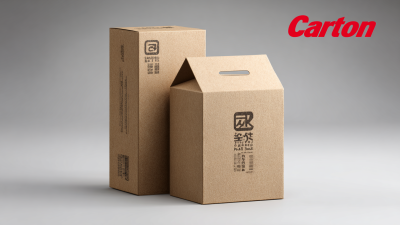
Effective Approaches for Superior Carton Packaging Solutions
-

Unlocking Global Opportunities with Packaging Labels at the 137th Canton Fair in Guangzhou
